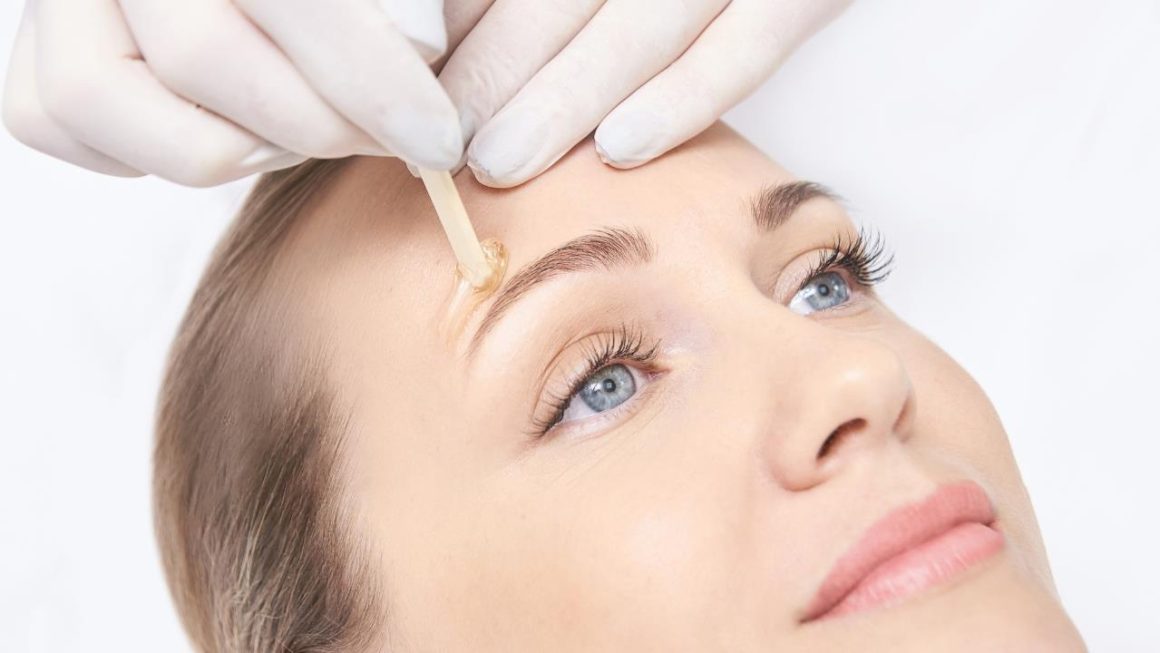Introduction
Hair transplants by top hair transplant clinics stimulate hair growth in bald or sparsely covered areas of the scalp. They work well as therapies for various hair loss conditions but do not prevent further hair loss. People could require additional transplants for long-lasting outcomes.
In addition to being a normal part of aging, hair loss and thinning can also be brought on by a health condition or trauma to the scalp. When experiencing hair loss, some people decide to get a full head of hair for reconstructive or cosmetic purposes. Hair transplants are successful treatments for reviving hair growth after various hair loss causes.
The rate of success of hair transplants is a common question for patients. This operation requires a substantial emotional and financial investment. Thus, it is a crucial concern. Find a reputable and experienced center and a capable specialist if you decide to treat baldness and are thinking about a hair transplant.
The appearance of the patient’s hair after the transplantation has fully grown out is frequently used to assess the success of hair transplantation. Hair transplantation is generally thought to be the best option for addressing hair loss and balding. Technological developments have improved these methods, enabling the best outcomes that weren’t feasible with alternative methods.
Side Effects
Transplants are a very safe technique that produces remarkable success rates. However, like any medical procedure, you must follow the aftercare guidelines provided by your doctor to avoid infections and get the greatest outcomes. One of the reasons hair transplants are so popular is their relatively low maintenance recovery phase. Still, you should avoid doing anything that could move the scalp or the transplant location. These include some fundamental practices or could be a regular part of your schedule, like going vegetable shopping.
However, some common effects remain; these are –
- Being a surgical process, there is a chance of some bleeding during and after the operation. Even though the doctor takes precautions to ensure that there is as little bleeding as possible during the process, there may occasionally be some blood in the donor location.
- If the surgery is done in a reputable clinic with a seasoned doctor, infection is very unlikely.
- While the patient typically experiences hair growth inside the recipient area within a few months, it is possible for there to be no new hair growth or only patchy development. In these circumstances, the patient must go through the entire process again.
- Another item that can be unexpected is this. The normally healthy and unaltered hair begins to fall due to the surgery’s shock, which could raise alarms. But once more, this is a post-operative situation, and the hair will grow back to its normal state.
Choosing the Right Place
Hair transplant surgery is a mostly risk-free procedure with extremely few consequences. Because the procedure is cosmetic, any difficulties could affect the patient’s social and mental well-being. Every hair transplant surgeon should know about potential complications, prevention, and care strategies. With adequate surgical technique and wound care, most problems are preventable and can be reduced. Before surgery, counseling and communication with the patient aids in insufficient planning and reduces patient unhappiness.
- It’s simple for individuals to see hair loss and assume that they need a hair transplant right now, but this isn’t always the case. To make sure that a hair transplant is the best course of action, it is ideal to have a consultation with a qualified medical professional.
- No one would feel at ease having a major operation with a new surgeon, and the same holds for hair treatments. Putting your hair in the hands of a rookie team could end badly. Make sure the area is skilled.
- Not every case of hair loss is the same. Considering the wide range of diseases that can lead to baldness and the various stages of the procedure, persons looking for hair loss remedies must be sure the clinic they select offers the right treatment.
Conclusion
It can be hard to pick the best hair transplant clinics. Many hair regrowth clinics have a distinct range of services and hair loss treatments. Persons seeking these services must familiarize themselves with what to look for in a clinic before deciding to move forward. Therefore go for the best ones like top hair transplant clinics.
Patients frequently ask how effective hair transplantation may be. They should, however, be aware of the important variables involved in hair transplantation. This is essential because significant emotional and financial money will be invested during the operation. If you’re thinking about getting a hair transplant to treat your baldness, be sure to pick a reputable hair transplant facility, an effective procedure, and a qualified doctor you can rely on. The success of a transplant is frequently determined by the patient’s hair growth following the process. Select a clinic that places a strong priority on addressing patients’ needs. Nearly all patients should believe that their hair has fully grown back and that no one can tell they had a transplant.

